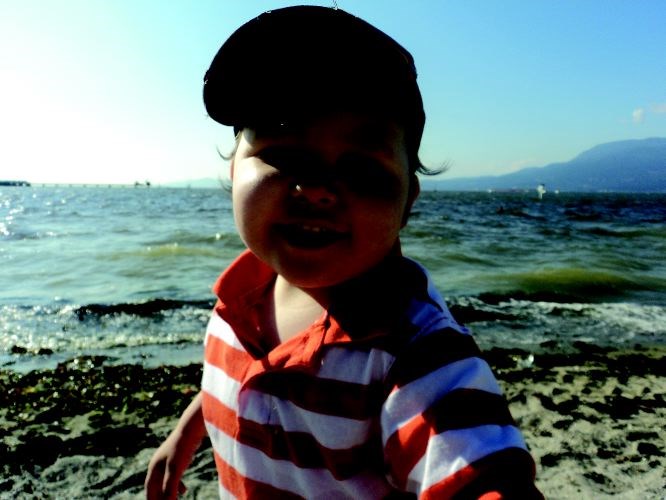For the past 25 years, Hope Air has been making the lives of people dealing with the trauma of an illness and the lack of a nearby treatment a little easier.
One of those people was two-and-a-half year old James Watson, who became a major part of the Hope Air family by taking their 66,000th flight.
But although it's nice to be a part of a milestone, the family was more focused on the fact that Hope Air has helped James get the treatment he needs with less stress.
Diagnosed on Canada Day with leukemia, James and his mother Stefanie travelled to B.C. Children's Hospital the next morning so he could begin treatment.
During their two-and-a-half week stay in Vancouver, Watson said it was her mother-in-law who who brought Hope Air to her attention.
Hope Air was founded 25 years ago to get financially disadvantaged Canadians to specialized medical care that is only available in the country's larger urban centres. Since then, Hope Air has expanded to provide free flights for all illnesses, for all ages, from all across the nation.
Hope Air operates three different flight programs: the Commercial Airline Donation Program, with flights provided by many of Canada's national and regional air carriers; the Volunteer Pilot Program, with private pilots contributing their skills and planes; and the Flight Purchase Program, which uses donated funds to purchase airline seats.
Instead of having to look forward to a 10-hour bus ride or borrowing money to make the drive herself, Watson was able to take her son on an hour-long flight back home. They continue to use Hope Air's services while making the multiple trips back and forth to Vancouver for James' treatments.
Despite its long history, the organization is still flies under the radar. But that seems to be changing.
Last year, Hope Air provided 3,675 flights. In the first six months of this year alone, almost 2,500 flights were provided - a 71 per cent increase over the same time last year.
"The second-highest route in Canada is Prince George to Vancouver," said Hope Air's B.C. director of development Dennis Kiffiak. Despite having flights originating from every province, the flights in this province amount to 41 per cent of all of Hope Air's travel.
Kiffiak attributes the amount of travel locally to the airport's large catchment area, but also to what's happening economically in the area.
"We have this wonderful thing called universal health care, but don't have universal access," he said. Hope Air helps people like the Watsons to overcome those large barriers such as low-income or a long distance to travel.
But, Kiffiak said, the organization can't do it alone and welcome any contributions to the cause. Any money raised by a specific community goes to fund flights for patients in that area. "I'm hoping to build up the funding base," he said. "If we can get up to the level of [being able to fund flights for] the working poor, we would be flying five times as much."
According to Hope Air, last year 17 per cent of their clients said they would cancel their appointment if they could not fly. Another 10 per cent said they would postpone their appointments, putting their diagnosis or treatment on hold indefinitely. Still otehrs would be faced with making other difficult choices, such as taking money from other areas of their budget, like rent, food or clothing.
"It's one less thing I have to worry about. I always know Hope Air is there," Watson said.



.png;w=120;h=80;mode=crop)